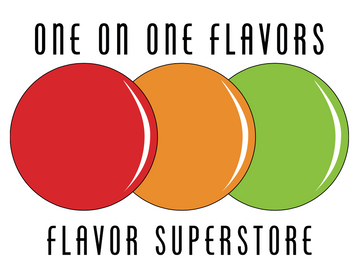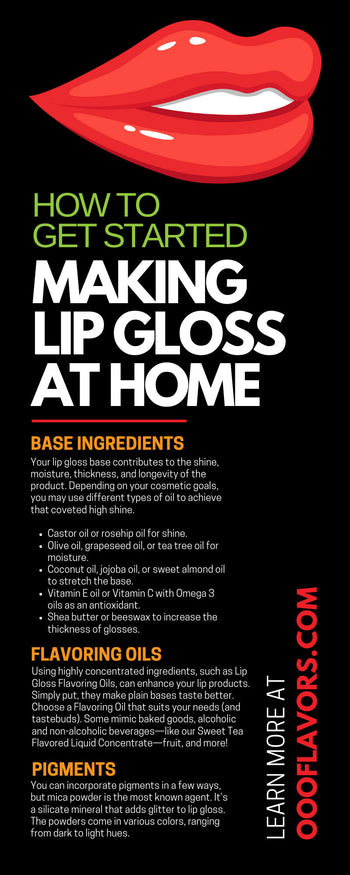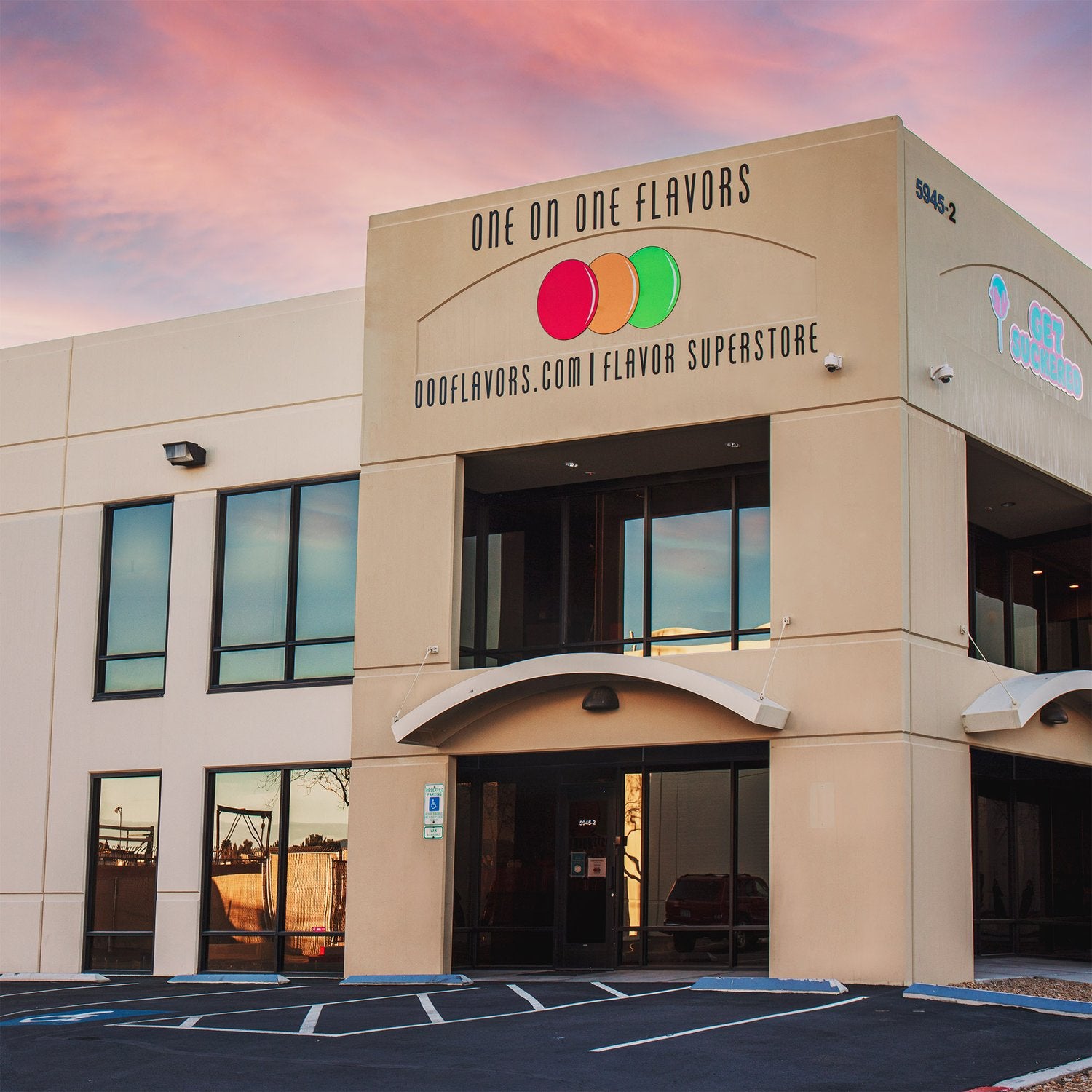How to Get Started Making Lip Gloss at Home
Ready to dive into the world of DIY lip gloss? Crafting your own lip gloss at home is a fun and creative way to personalize your beauty routine. Whether you're looking to create custom colors, experiment with unique flavors, or just enjoy a new hobby, this guide will walk you through the essentials of making lip gloss from scratch.
What You’ll Need to Make Lip Gloss
Before you begin, gather your supplies. Here’s a basic list to get you started:
- Base Ingredients: Choose a high-quality lip gloss base like our Get Puckered Gloss Base. Most DIY enthusiasts use a clear base that’s easy to customize.
- Carrier Oils: Options like coconut oil, castor oil, or MCT oil add moisture and shine.
- Flavoring: OOOFlavors has a wide variety of flavors that can be added for a delicious touch. From fruity to dessert-inspired, there’s something for everyone.
- Colorants: Cosmetic-safe mica powders or liquid colorants add a vibrant, fun touch.
- Mixing Tools: Small bowls, measuring spoons, pipettes, and stirring sticks.
- Containers: Small lip gloss tubes or pots for storing your finished product.
Step-by-Step Guide to Making Lip Gloss
-
Prepare Your Base
- Add 1 tablespoon of your Get Puckered Gloss Base into a microwave-safe bowl.
- Heat in 10-second intervals until slightly melted but not boiling.
-
Mix in Oils
- Stir in 1 teaspoon of carrier oil for added moisture and smooth texture.
-
Add Flavor and Color
- Add 2-3 drops of your favorite OOOFlavors flavoring.
- Mix in a pinch of colorant for your desired shade.
-
Combine and Stir
- Mix thoroughly until the color and flavor are evenly distributed.
-
Transfer to Containers
- Carefully pour your mixture into your lip gloss containers using a pipette for precision.
-
Cool and Set
- Allow the gloss to cool completely before using.
Tips for Customizing Your Lip Gloss
- Experiment with Flavors: Try combining different OOOFlavors flavors for unique blends (think strawberry vanilla or mint chocolate!).
- Add a Touch of Sparkle: Mix in a bit of cosmetic glitter for a shimmering effect.
- Adjust Texture: Add a bit more carrier oil if you prefer a smoother, more moisturizing gloss.
Why Make Your Own Lip Gloss?
DIY lip gloss allows you to control what goes into your product while giving you the freedom to get creative. Plus, it's an excellent way to create thoughtful, handmade gifts for friends and family.
Start experimenting today and let your creativity shine through every swipe of your custom-made gloss. And for flavor inspiration, don’t forget to check out OOOFlavors’ wide selection of delicious options!


